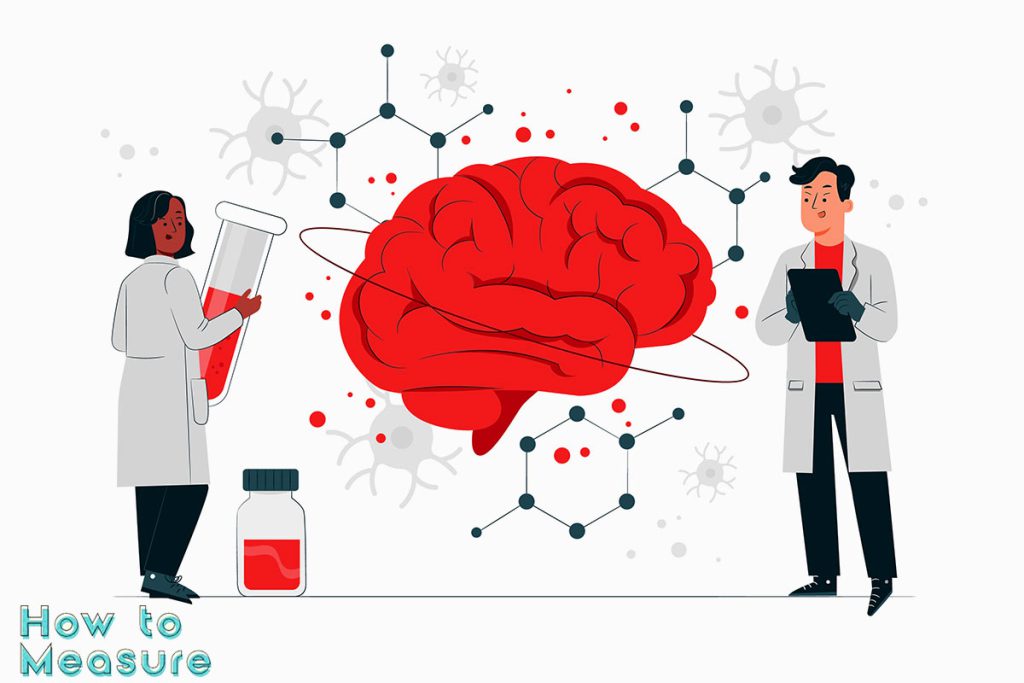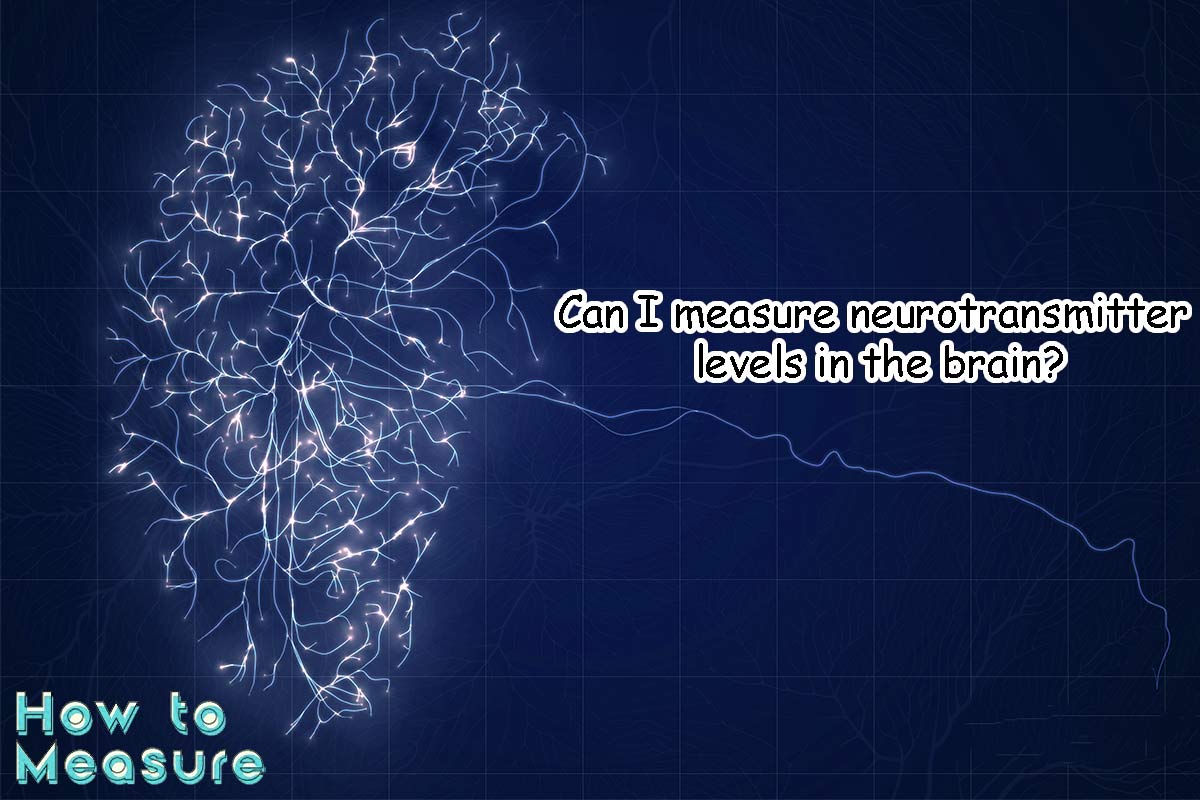So, can you measure neurotransmitter levels in the brain? Yes. Several techniques can be used to measure neurotransmitter levels in the brain. These techniques include microdialysis and fiber dialysis, which use small catheters inserted into specific brain regions. The other method is HPLC (High-performance liquid chromatography), which uses chemical separation methods to identify neurotransmitters at low concentrations within discrete tissue areas. Another technique is immunoassay and immunohistochemistry (IHC), where antibodies detect specific analytes within tissues or body fluids such as serum or plasma.” In the essay we in howto-measure will talk more about this topic.
Some Techniques to Measure Neurotransmitter Levels in The Brain Are
- Microdialysis. This technique involves inserting a tiny probe into the brain and collecting neurotransmitter samples in an external reservoir.
- HPLC. An HPLC instrument measures the number of neurotransmitters present in a sample by separating them from other substances using chromatography (a process where substances are separated based on their physical properties).
- Immunoassay and immunohistochemistry (IHC). These methods use antibodies to bind specific molecules, such as receptors on neurons or glial cells, then measure how much antibody binds to those molecules using fluorescent tags or radioactive isotopes, respectively.
Microdialysis
Microdialysis is a technique for measuring neurotransmitter levels in the brain. It uses a small tube to take samples from the brain, which can be left in place for several days. The tube is inserted into the brain and exits through the scalp to allow access to other parts of the body (Figure 1).
HPLC (High-Performance Liquid Chromatography)
High-performance liquid chromatography (HPLC) is a technique that can measure neurotransmitter levels in the brain. It’s done by separating molecules based on their size and shape so that neurotransmitters have different retention times. The amount of each neurotransmitter present is calculated based on how long it takes them to go through this process.
Lmmunoassay And Lmmunohistochemistry (IHC)
Immunoassay is a technique that detects the presence of a specific molecule in a biological sample. It usually involves an antibody that specifically binds to the molecule of interest, which can then be detected by other means.

For example, an assay may use fluorescently labeled antibodies as tags to detect neurotransmitters such as dopamine in brain tissue samples.
Positron Emission Tomography (PET)
Positron emission tomography (PET) is a nuclear medicine technique that allows real-time visualization of specific biological processes in the body. PET can be used to image glucose metabolism and its distribution in the body, which allows us to understand how brain circuits function.
Measurement OF Dopamine in Microdialysis
Microdialysis is a technique that allows researchers to measure neurotransmitter levels in the brain. The technique involves inserting a small tube into the brain, which allows them to take periodic samples of extracellular fluid (ECF). The ECF contains many necessary chemicals, including neurotransmitters. These measurements can provide valuable information about how different parts of your brain work together and whether they’re functioning normally or not.
Dopamine is one of several neurotransmitters; others include serotonin and norepinephrine. Dopamine plays a vital role in regulating movement, emotion, motivation and attention span–all things we want our brains to do well!
Release of Dopamine in Microdialysis
Microdialysis is a method of measuring the release of neurotransmitters from the brain. It requires inserting a small tube into your brain, which then draws out small amounts of fluid (usually at 1-10 mL/h). The amount of dopamine released can be detected directly in this extracellular space.
The process begins when vesicles containing dopamine leave their storage site and move towards the synaptic cleft, where they release their contents into it, then take up any new neurotransmitter back into themselves so that it can be reused later on. This allows you to measure how much dopamine was released into your extracellular space by simply analyzing what was left behind when you withdraw your sample!
Measurement of Dopamin in Fibre Dialysis
Fibre dialysis is a method used to measure the concentration of neurotransmitters in the brain. It’s very similar to microdialysis, but instead of using tiny tubes (microdialysis) or holes (fast-scan cyclic voltammetry), fiber dialysis uses a hollow polymer fiber that can be filled with neurotransmitters.
The advantage of this technique is that it doesn’t require any special equipment or chemicals outside what you already have available at home–you just need some tubing and tape! The disadvantage is that it won’t give you as much detail as other methods like fast-scan cyclic voltammetry because there’s more room for error when measuring concentrations through such large volumes of the solution rather than just one small spot on the surface of an electrode like you would with microdialysis.
Dopamin Release in Fibre Dialysis
The dopamine release in fiber dialysis can be measured using microdialysis.
Microdialysis is a technique that allows you to measure the levels of neurotransmitters in the brain by extracting tissue fluid from within the brain and collecting it into a solvent chamber. The collected tissue fluids are then analyzed using HPLC or other specific methods for measuring each substance (e.g., dopamine).











